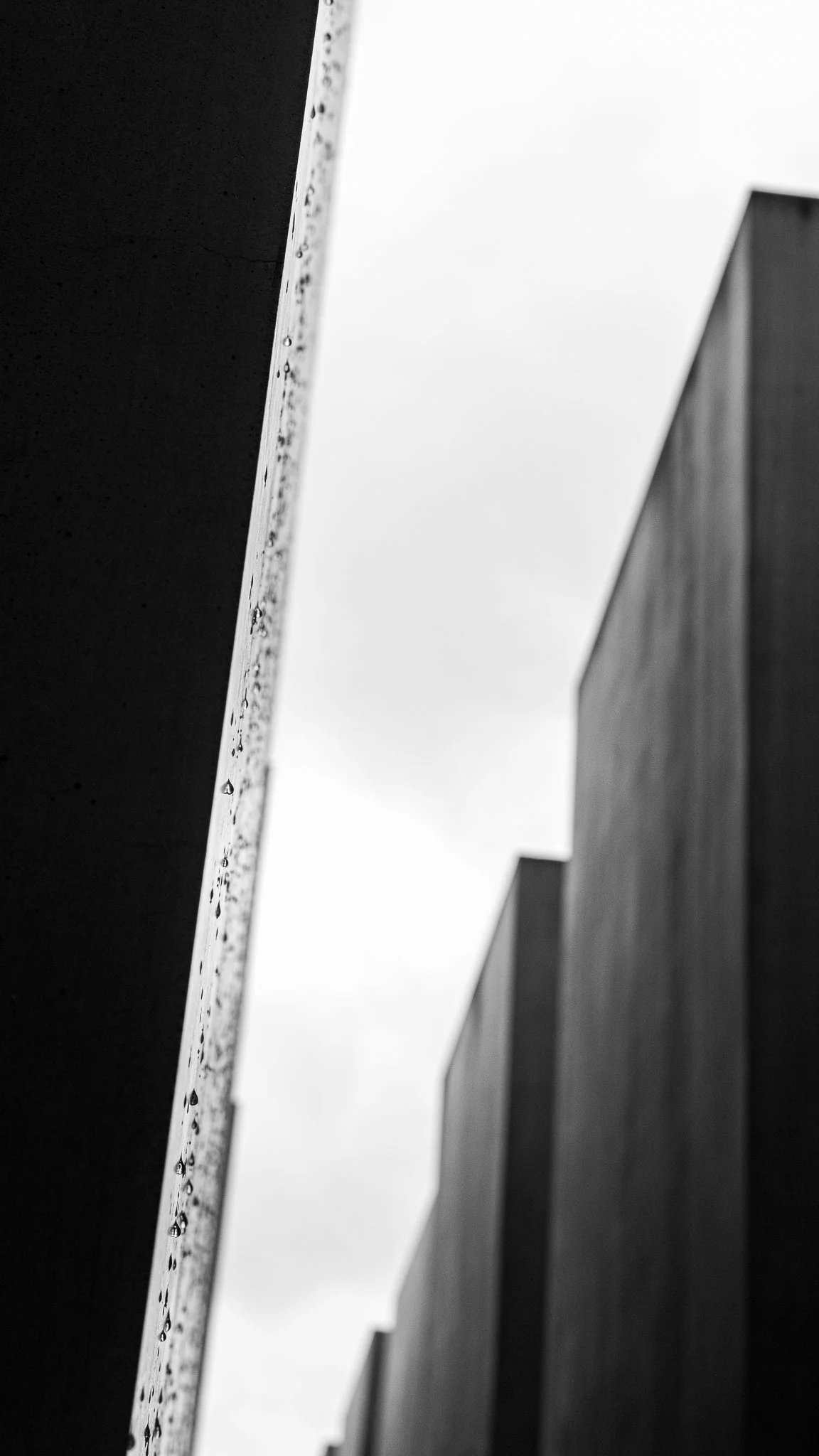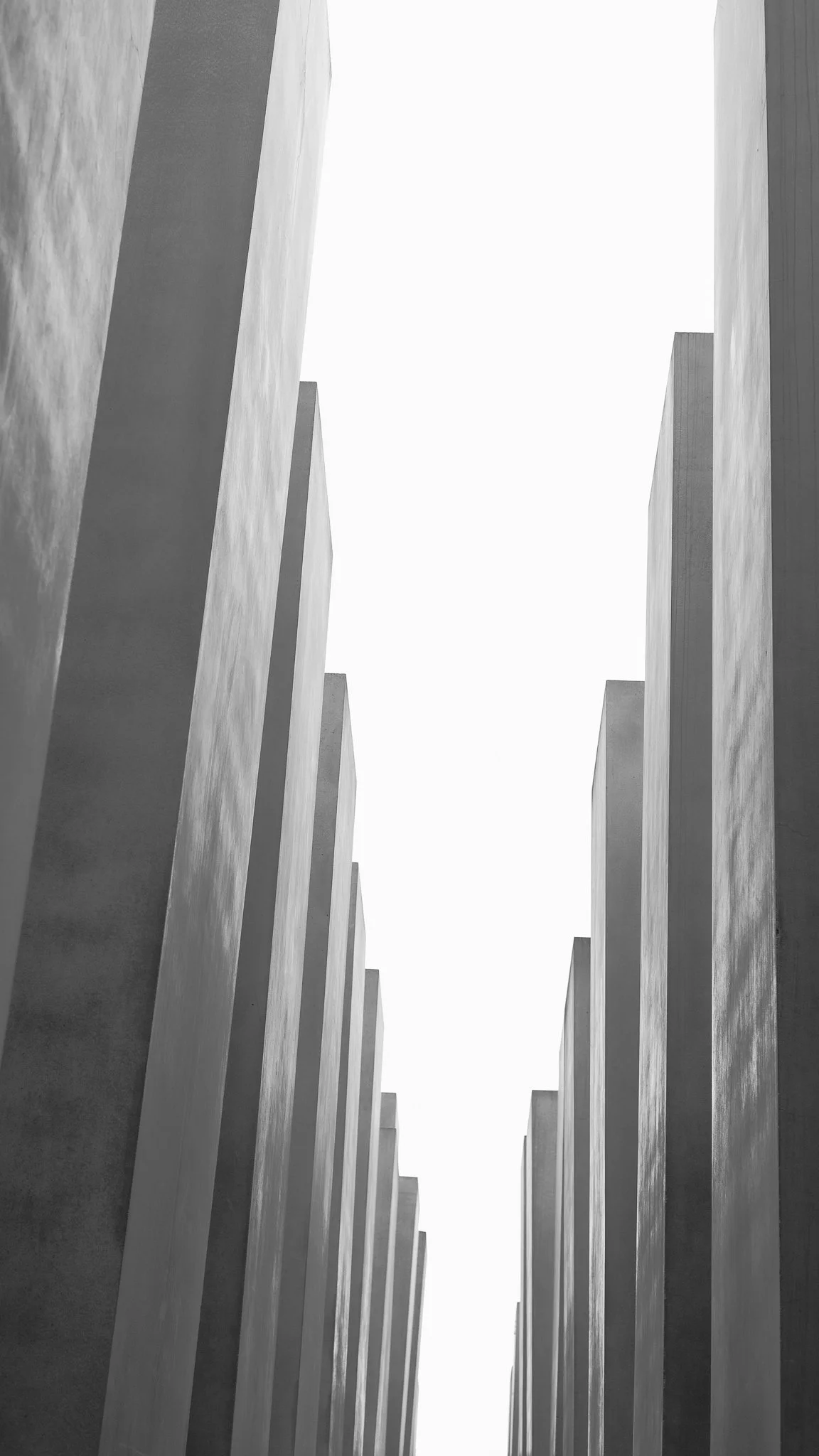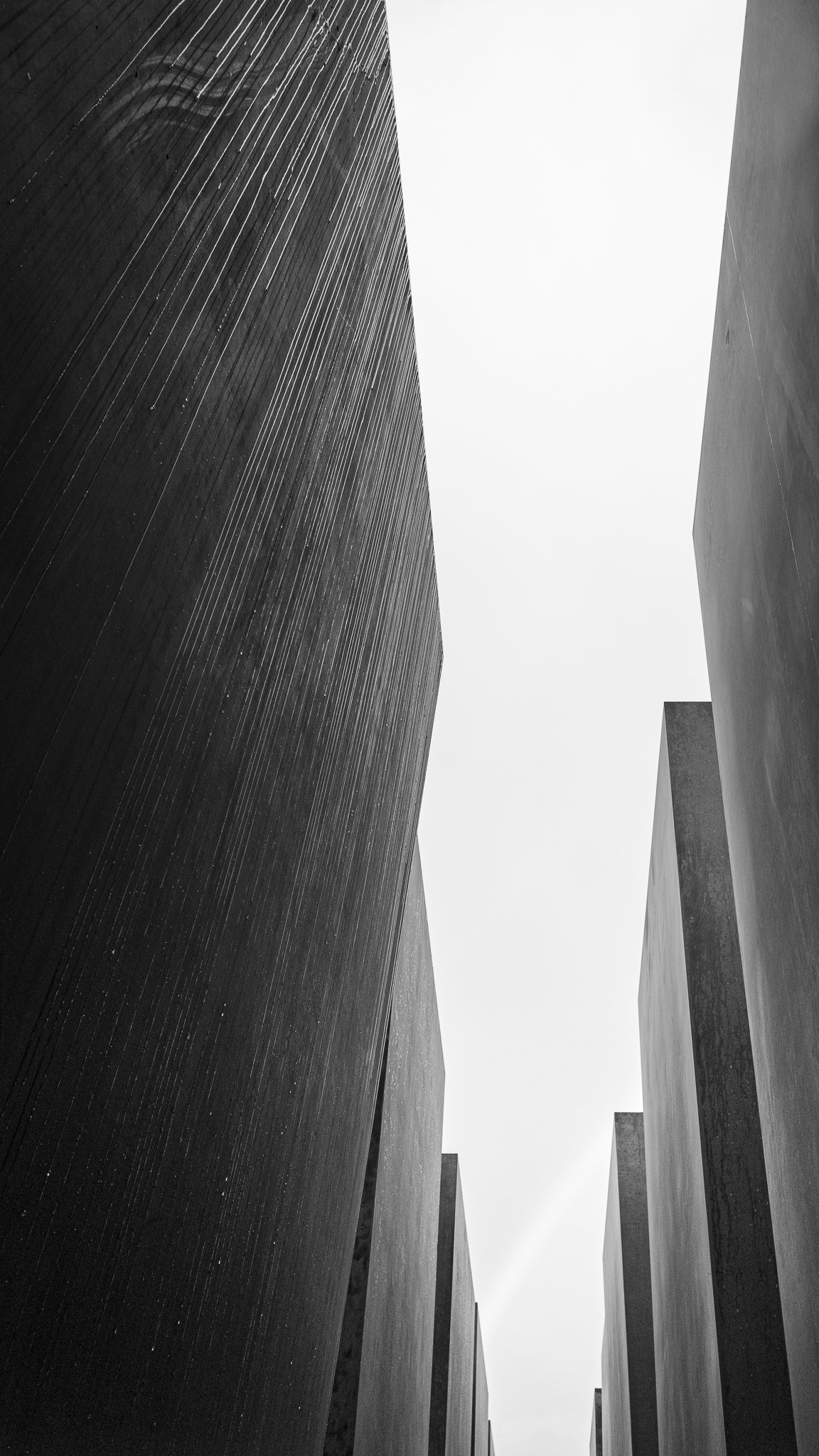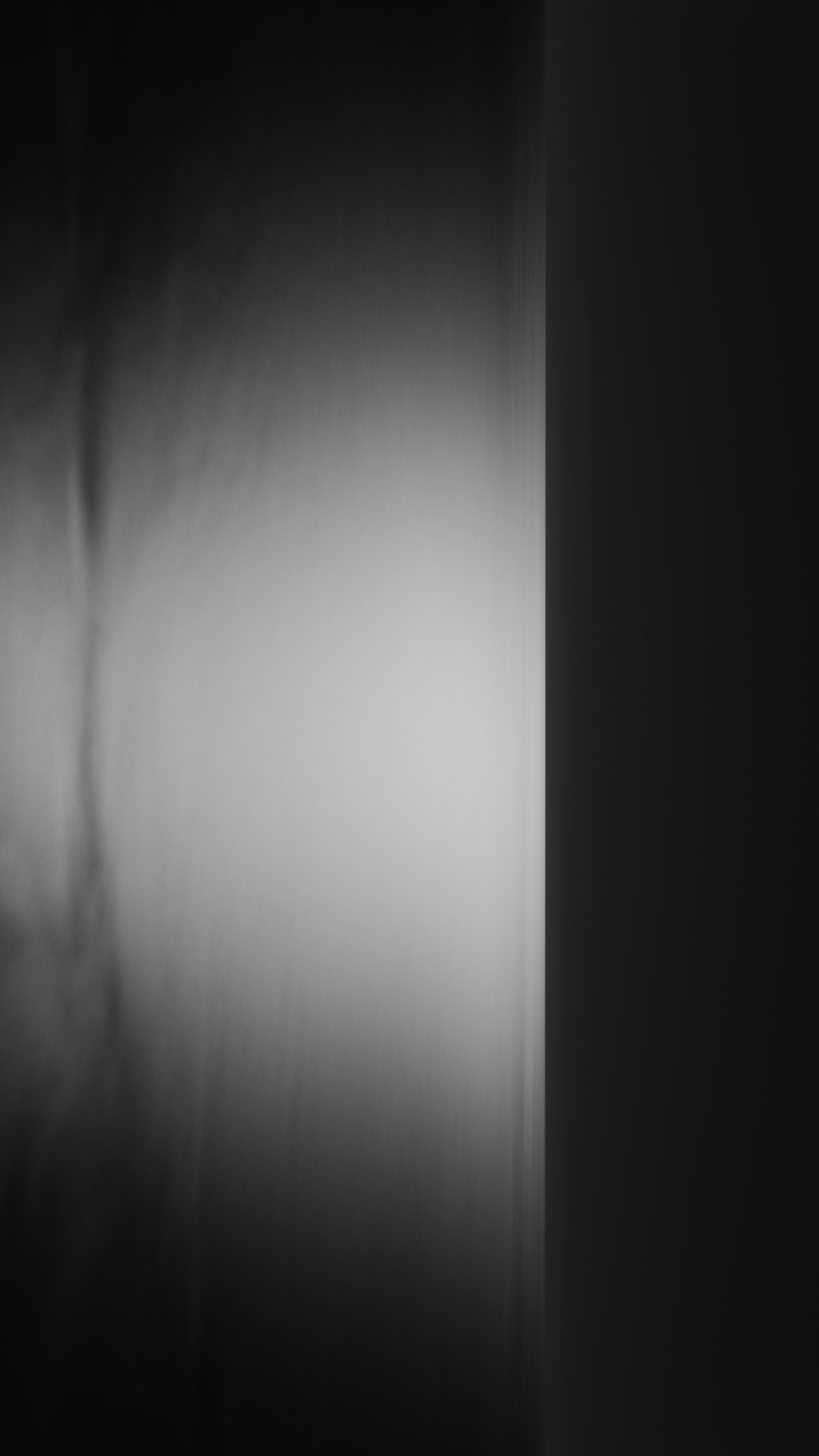Interaction of Space: Berlin Holocaust Memorial
“The experience of space is not a privilege of the gifted few, but a biological function.”
The unforeseen events of 2020 have given people, particularly in the Western world, a limit to spatial freedom that has not been experienced before. A period of self-confinement has impacted on professional, and personal lifestyles unbeknown to many in recent history. While at times frustrating, it has offered a period of self-reflection. From a creative perspective, the lack of opportunity to produce new work has provided time to look back and reconsider experiences that may at one point have been taken for granted.
In my case I was drawn to a particular period from my photographic archive that I had never really considered before. In 2016 I spent a substantial amount of time working in Berlin. Amongst the extensive social and cultural engagements on offer, one particular site drew my attention; The Memorial to the Murdered Jews of Europe (Holocaust Memorial). I frequented the space during my stay as I became enchanted by its capacity to stimulate spatial experience. The photographs that I took have remained largely dormant for the last four years, until I was busy with my archive during lockdown.
The memorial has divided opinion ever since its inception. Some critics regard its abstractness as brutalist and austere. Others have denounced it for its failure to commemorate the victims; even criticising the title for not including the word Holocaust (Brody, 2012). In terms of comparison with traditional monuments this may be correct. There are no signs or symbols that refer either to the Holocaust, or the Jewish people. It does not state the period of persecution or acknowledge any individual name of those who perished.
But is the lack of information detrimental to the installations purpose? The memorial’s conceptualists said that there were three things to accomplish: “to commemorate what took place, to honour the victims and to give them back their names.” (Fuerstenau, 2010). By evaluating the memorial against these goals the criticism about its lack of representation is certainly valid. The addition of an information centre beneath the terrain was aimed at addressing the concerns; offering context to those who expect a more informed experience from the site rather than an experiential one.
What is less discussed is if the installation succeeds as an engaging public space that encourages some of the liberties that Jewish people were denied during their persecution. Is it simply that the name ‘Memorial to the Murdered Jews of Europe’ creates an expectation of something more formal? The memorial’s designer, American architect Peter Eisenman says that formality is not the primary objective, stating: “In this monument there is no goal, no end, no working one’s way in or out. The duration of an individual’s experience of it grants no further understanding, since understanding the Holocaust is impossible.” (Eisenman, no date). The last point is key. Eisenman suggests that he didn’t want to create a symbolic reference, or try to explain the Holocaust; a resolution that some of the critics suggest may be more fitting (Brody, 2012).
So for me to assess Eisenman’s design, I want to consider it against this point of view. Which is to say that the individuals experience will be “multilayered” due to an independent orientation of the space (Eisenman, no date). This focus on facilitating individual experience is more relatable to the purpose of large-scale sculpture from artists such as James Turrell or Richard Serra than say a monument. In fact Serra worked with Eisenmann on the initial design before pulling out of the project before its selection (Andrews, 1998).
One way to consider Eisenman’s design is in the context of site-specificity. Again like Serra’s work, the location is a key component in the conception of the design. In One Place after Another: Notes on Site Specificity (1997), Miwon Kwon refers to this kind of installation, saying it gives itself “to its environmental context, being formally determined or directed by it.” (Kwon, 1997, p.85). As it was once the location of the administration of the Holocaust, the memorial’s site holds a site-specific significance. But is it enough to create an abstract installation in a historically relevant location to commemorate the victims?
Where I consider the memorial succeeds is through its abstractness. It doesn’t favour one religion or race over another. By being devoid of any symbolism it retains an inclusivity. As a space it is democratic in terms of experience, but also in its structural neutrality. By utilising the grid system with no predetermined point of entry or exit, the orientation of the individual is autonomous. The uniqueness of the 2,711 concrete pillars (stelae) suggests an individuality within a wider network of the collective grid system. The challenge for the viewer is to exercise their own agency within the space in order to create an experience of it. I’d suggest the site only works as an abstract experience - if the viewer is focused on being present in the moment, rather than looking to commemorate history.
This may be a failing to some in regards to its original purpose. Perhaps it would be more appropriate to consider the site is a celebration of individual freedom in response to the Holocaust; rather than a memorial to those who were killed. One of the risks cited about the memorial is people in future won’t understand it as one, but simply a park (Sanders, 2014). That is a possibility, and in reality the interpretations of the memorial are manifold; proving a complex moment in history cannot be summarised in a singular representation. But perhaps the greater risk is that by not appreciating the spatial freedom we have through memorials such as this, together with the individuality we are allowed to express; spatial autonomy cannot be understood until it is limited.
The memorial, much like Serra’s sculpture is extremely photogenic. It made me recall the interpretation of Richard Serra’s torqued spiral Joe by the Japanese photographer Hiroshi Sugimoto. In his series of the same name, Sugimoto utilises his technique of pushing the focus to “twice-infinity”; leaving his images in a blurred state while retaining the abstract form. The way Sugimoto uses photography as a tool to interpret the spatial experience of Serra’s work illustrates the potential to evolve from a representational image, which comes with its own limitations, and towards the interpretational one. The interpretational image is not definitive, and therefore not representative beyond the individual experience of the image maker.
I approached the Memorial to the Murdered Jews of Europe with my camera in a similar way to Sugimoto. Each image is a study on the experience of space that does not provide a definition, but an interpretation of the spaces I encountered. The photographs for me highlight an autonomy that can be taken for granted; the individual freedom to express oneself. It is also what the memorial symbolises through my eyes. The coronavirus pandemic is not comparable with the horrors of the Holocaust. These photographs are simply for me a reminder, reinforced by the events of this year, that self-direction continues to be the liberty that I value the most.
N.B. This journal post was the catalyst for a more comprehensive project on the Denkmal für die ermordeten Juden Europas, produced in 2022.
References
Andrews, E (1998) ‘Serra Quits Berlin's Holocaust Memorial Project’ In: The New York Times [online] At: https://www.nytimes.com/1998/06/04/arts/serra-quits-berlin-s-holocaust-memorial-project.html (Accessed on 22.07.20)
Berlin.de (no date) Memorial to the Murdered Jews of Europe. Available at: https://www.berlin.de/en/attractions-and-sights/3560249-3104052-memorial-to-the-murdered-jews-of-europe.en.html (Accessed on 05.08.20)
Brody, R (2012) ‘The Inadequacy of Berlin’s Memorial to the Murdered Jews of Europe’ In: The New Yorker [online] At: https://www.newyorker.com/culture/richard-brody/the-inadequacy-of-berlins-memorial-to-the-murdered-jews-of-europe (Accessed on 22.07.20)
Eisenman Architects (no date) Berlin Memorial to the Murdered Jews of Europe. Available at: https://eisenmanarchitects.com/Berlin-Memorial-to-the-Murdered-Jews-of-Europe-2005 (Accessed on 05.08.20)
Fuerstenau, M (2010) ‘Five years on, Berlin Holocaust Memorial is a landmark of remembrance’ In: dw.com [online] At: https://www.dw.com/en/five-years-on-berlin-holocaust-memorial-is-a-landmark-of-remembrance/a-5559425 (Accessed on 05.08.20)
Kwon, M (1997) ‘One Place after Another: Notes on Site Specificity’. In: October, Vol.80(1), pp 85-110
Sugimoto, H (no date) Joe. Available at: https://www.sugimotohiroshi.com/joe-1 (Accessed on 22.07.20)
Sugimoto, H & Safran Foer, J (2006) Joe. New York: Prestel.
Sanders, L (2014) Art before abject: The Future of the Abstract Memorial within Holocaust Memory. [MA dissertation] Middlesex University.











